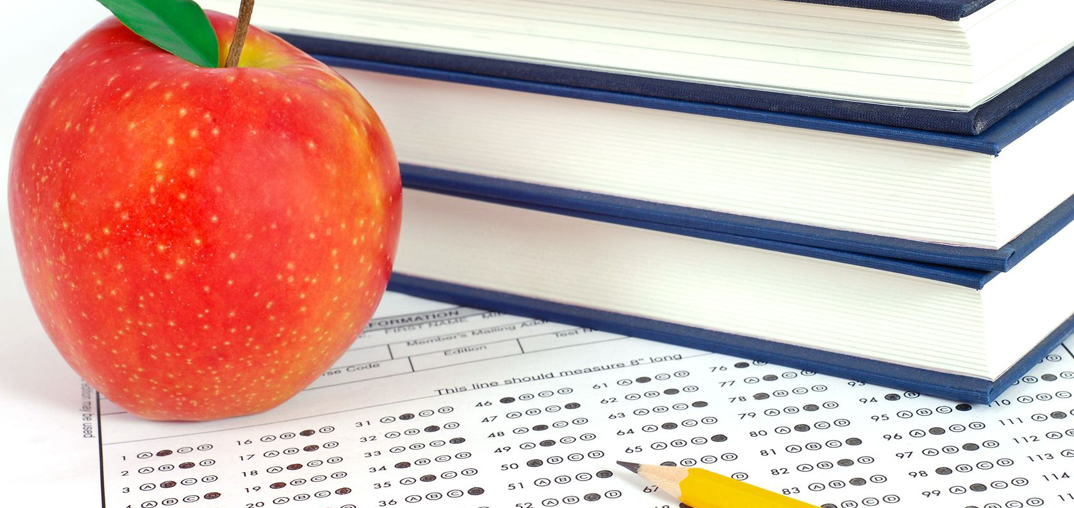Not much in the college admissions process is scarier than taking the SAT or ACT. And no wonder—scoring well on these tests can mean getting accepted into a college of choice or receiving a coveted academic merit scholarship.
With so much counting on these tests, your family has probably focused a lot of energy on test-taking strategies. But while mastering the SAT and ACT is a must, knowing when to take the tests in the first place is just as important.
Most resources tell students to take the SAT or ACT early and often. Taking your first SAT or ACT as early as your student’s schedule permits is ideal, but knowing when—and how many times— is the key to success.
Here are six tips for planning a test-taking schedule:
1. Know the testing schedule
Students typically take the SAT or ACT between the winter of their sophomore year and fall of their senior year. Most students take their first test before the end of their junior year.
The SAT occurs seven to eight times a year: January, March, May, June, August, October, November, and December. The ACT occurs six times a year: September, October, December, February, April, and June.
2. Set a target score
Find out the minimum score your student needs to get into his or her preferred schools. This is your student’s target score—having this goal in mind is crucial because it provides a tangible mark to aim for.
3. Begin planning early
Once you have a target score in mind, plan as early as possible. Early planning can mean better test scores in the long run, and it gives your student enough time to take the tests before college admission and scholarship application deadlines.
What’s the best time? That depends on a couple factors. Your student should prepare for the tests at least a year before his or her first college admissions deadline, and always be sure to have completed test scores ready by the time your student begins applying for college and scholarships.
4. Create a workable plan
To help decide what timing is best, here are a couple pointers to consider:
- When planning which test to take (and when), work backward eight to 12 weeks from the test date. What’s going on during that eight to 12 week period?
- Students should only take the SAT or ACT after they’ve taken geometry and algebra II in their high school curriculum. Since the SAT and ACT address these topics, it’s a good idea to wait to take the test until completing these courses.
- For early admissions (occurs in November of the senior year), a student’s last test date should be in October. Prepare for the SAT and ACT during the junior year of high school and the summer between the junior and senior years of high school.
- Those planning to play sports in college should have their last test by the end of their junior year. This ensures scores are available for college recruiters so they can see whether the student is likely to meet academic requirements.
- Scholarship applications often require SAT and ACT scores before the regular admissions decisions in January. If your student plans to apply for scholarships, consider this deadline when planning for test dates.
5. Budget enough study time
Many resources recommend studying at least 40 hours for the SAT or ACT using test prep materials available on the market. The more your student studies for the test, the better prepared he or she will be.
6. In most instances, take the test at least twice
Students should take the SAT or ACT at least twice, unless they hit their target score on the first try. With the SAT, Score Choice (created by the College Board) now allows students to take the test multiple times and send their best scores to colleges. Since regular decision application deadlines occur in January or February of the senior year of high school, the last SAT or ACT should be no later than December.
A suggested guide for taking the SAT and ACT
While your specific needs might call for a different testing schedule, here’s a general scheduling approach for taking the SAT and ACT:
Junior Year of High School
- Take the ACT in February or the SAT in March
- Use your student’s winter break to prepare for these tests
- Take at least two full-length practice tests before the actual test
If your student needs to repeat a test:
- Take the SAT or ACT in May or June (depending on your family’s commitments)
- Use the time between February/March and May/June to review and prepare
- Balance school work with test preparation
- After taking the tests in February or March, use the time until May or June to review and prepare
- A study schedule that balances your student’s school work with your test preparation is a must
If your student’s scores are close enough for the colleges you’re considering, you’re done! If you need to improve your scores:
Senior Year of High School
- Focus on studying and preparing for the SAT in August or the ACT in September
- While studying in the summer is never fun, a higher score matters to your student’s college and scholarship applications
- You’ll have your scores back from the SAT and ACT in the spring, so you’ll know how much you must improve your student’s score
- As a last resort, if the August/September scores aren’t where you want them to be, take the SAT or ACT in December
This test date strategy is ideal because it gives breathing room to get your student’s best possible scores while helping you find early on which areas of the test need further effort.
Good luck!









You should consider adding the Classic Learning Test (CLT) to the scheduling as well – https://www.cltexam.com/.
Thanks for the suggestion!
[…] more: When to take the SAT or ACT, A beginner’s guide to mastering the SAT and ACT, and Do SAT and ACT scores really […]